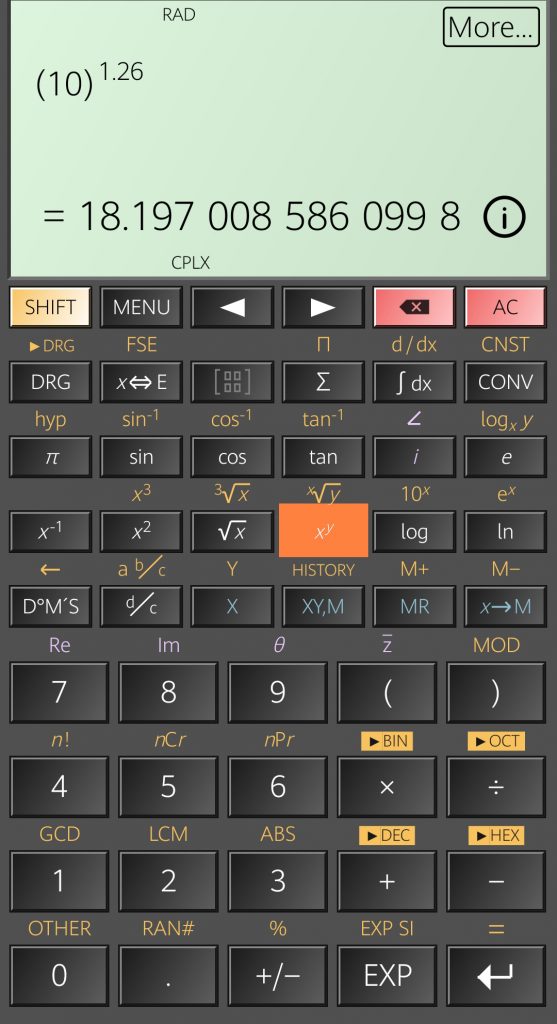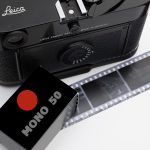If you haven’t seen my video on how I make long exposures on film then here is the link to the video on YouTube.
I say much in the video but here is a written version for those that are starting out in Film Photography and are stumped, as I once was, with long exposures.
Before I got into Film I used to shoot a lot of long exposures on Digital. Living around beaches it’s an easy subject for long exposure photography. My process was simple. Plot up with a tripod and cable release, find a suitable composition, select an aperture, usually around f/11 and then start testing my shutter speeds whilst looking at the back of the screen to see which shutter was best for my ISO and Aperture. Then start snapping away! You couldn’t go wrong. On the back of the camera is a screen so I could see instantly what my photographs looked like. The only trouble with this was I would come back from the beach after sunset with loads and loads of images to scroll through on the computer. Then I’d pick a few I liked and send the rest to the trash! And I would generally have some beautiful images with nice wispy sea creeping up toward the lens.
When I started getting into Film Photography I cam across a problem. METERING! A film camera has no digital screen to look at. And although some have a meter inside by way of a needle or coloured dots I couldn’t figure out how to shoot a long exposure and get a good result. Until I learned how to use a handheld meter.
My first attempt at long exposures on film was a disaster. I metered correctly but my negatives were always under exposed. I then learned about Reciprocity Failure. Tricky for that word to sink in at first. Then it made sense.
Unlike Digital Cameras, Film is made of a Silver Emulsion and for light to absorb its way onto that emulsion it takes time. Not for quick exposures but for longer exposures. Usually for exposures longer than 1 second. So with that in mind, if I am taking long exposures on film and my metered time is 10 seconds I need to feed the emulsion on the film a longer time than 10 seconds for the light to soak into the film. Okay. That makes sense. To me at least!
The meter doesn’t know I am shooting film. It doesn’t care either. It just gives me a value (Aperture and Shutter Speed) to set into the camera according to the ISO or Film speed I am shooting. With digital that 10 seconds is all I need. But with Film I need to work out how much longer I need to expose past that 10 seconds for the films “Reciprocity Failure”. The contact term for this phenomenon.
And it’s very easy to work out but not every film has the same emulsion and therefore each film has a different reciprocity failure time. In which case if you go online and look for the data sheet for the film you want to shoot you will find the reciprocity failure time guide. It looks a bit tricky at first but its quite easy.
Let’s look at Ilford FP4. After finding the reciprocity chart on Ilfords website. Here it is. Note the bottom is your metered time and the side is adjusted time. And let’s say we have used our light meter and for that 125 ISO film we have F/11 at 10 Seconds exposure time. (f/11 10s). It’s easy to use the chart.

Take your 10 seconds at the bottom. Meet where the curve is and go along. I make it about 18 seconds.
So for the scene I have metered with Ilford FP4 I would need to expose my scene in camera for 18 seconds. That should give me a proper exposure allowing for reciprocity failure. Simple!
Ilford have an even easier chart on their website but you need a scientific calculator to work it out. Unless you’re a brain box in the maths department!
Here it is. Looks a bit tasty doesn’t it. But again, its easy to work out and I find this chart very useful for the Ilford Films. Except Ortho 80. Thats not on the chart.

So the above chart you simply use a scientific calculator or app (I use my app on my phone).
My Ilford Film gives a factor of 1.26. So all I need to do is put into my calculator my metered time to the power of 1.26.
So, 10 (my metered time) x/y 1.26 = 18.197 (18 Seconds). You can see the X/Y button in orange.

And it’s as easy as that.
I have cheat sheets for myself where I calculate times from 1 second to 20 seconds and write it down which saves me doing the calculations when I am taking my pictures.
Just remember all film emulsions are different and have different reciprocity times. Some are very long times such as Foma Film. And also Fuji Acros has brilliant reciprocity where you don’t need to allow for reciprocity for exposures up to 2 mins long! Incredible stuff.
I hope this has helped SFLaB subscribers.







